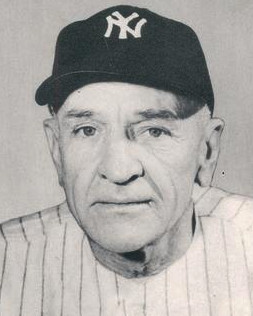
Charles Dillon "Casey" Stengel was an American Major League Baseball right fielder and manager, best known as the manager of the championship New York Yankees of the 1950s and later, the expansion New York Mets. Nicknamed "the Ol' Perfessor", he was elected to the Baseball Hall of Fame in 1966.
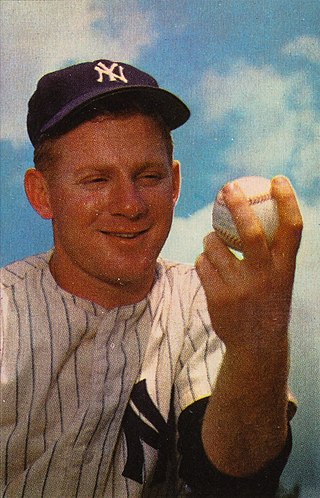
Edward Charles "Whitey" Ford, nicknamed "the Chairman of the Board", was an American professional baseball pitcher who played his entire 16-year Major League Baseball (MLB) career with the New York Yankees. He was a 10-time All-Star and six-time World Series champion. In 1961, he won both the Cy Young Award and World Series Most Valuable Player Award. Ford led the American League (AL) in wins three times and in earned run average twice. He is the Yankees franchise leader in career wins (236), shutouts (45), innings pitched, and games started by a pitcher. Ford was inducted into the Baseball Hall of Fame in 1974.

Rinold George"Ryne"Duren was an American professional baseball relief pitcher who played ten seasons in Major League Baseball (MLB).

Norman Arthur "Kid" Elberfeld was an American professional baseball shortstop. He played in Major League Baseball (MLB) for the Philadelphia Phillies (1898), Cincinnati Reds (1899), Detroit Tigers (1901–1903), New York Highlanders (1903–1909), Washington Senators (1910–1911), and Brooklyn Robins (1914). Elberfled also managed the New York Highlanders for the last half of the 1908 season.
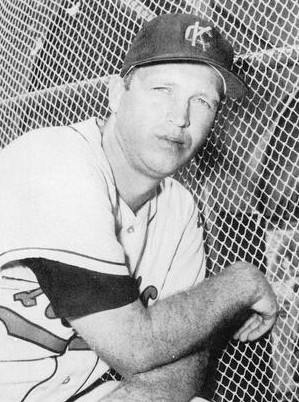
Marvin Eugene Throneberry was an American Major League Baseball player. Affectionately known as "Marvelous Marv", he was the starting first baseman for the 1962 New York Mets, a team which set the modern record for most losses in a season with 120. Throneberry became a well-known figure after appearing in numerous Miller Lite beer commercials in the 1970s and 1980s.
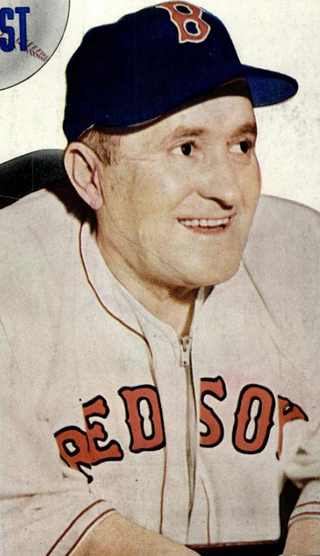
Joseph Vincent McCarthy was an American manager in Major League Baseball, most renowned for his leadership of the "Bronx Bombers" teams of the New York Yankees from 1931 to 1946. The first manager to win pennants with both National and American League teams, he won a total nine league pennants and seven World Series championships – the latter is a record tied only by Casey Stengel. McCarthy was elected to the Baseball Hall of Fame in 1957. He recorded a 100-win season six times, a record matched only by Bobby Cox. McCarthy's career winning percentages in both the regular season (.615) and postseason are the highest in major league history. His 2,125 career victories rank ninth all-time in major league history for managerial wins, and he ranks first all-time for the Yankees with 1,460 wins.

The 1952 World Series featured the 3-time defending champions New York Yankees beating the Brooklyn Dodgers in seven games. The Yankees won their 4th consecutive title, tying the mark they set in 1936–1939 under manager Joe McCarthy, and Casey Stengel became the second manager in Major League history with 4 consecutive World Series championships. This was the Yankees' 15th World Series championship win, and the 3rd time they defeated the Dodgers in 6 years.
The 1958 World Series was the championship series in Major League Baseball for the 1958 season. The 55th edition of the World Series, it matched the American League champion New York Yankees and the National League champion Milwaukee Braves. In a reversal from 1957, the Yankees defeated the Braves in seven games to win their 18th title, and their seventh in 10 years. With that victory, the Yankees became only the second team in Major League Baseball history to come back from a 3–1 deficit to win a best-of-seven World Series; the first was the Pittsburgh Pirates in 1925. These teams would meet again in the fall classic 38 years later—by that time, the Braves had moved to Atlanta. As of 2024, this is the most recent World Series featuring the two previous Series winning teams.

The 1923 World Series was the championship series in Major League Baseball for the 1923 season. The 20th edition of the World Series, it matched the American League champion New York Yankees against the National League champion New York Giants. The Yankees beat the Giants in six games. This would be the first of the Yankees' 27 World Series championships. The series was not played in a 2–3–2 format: as with the previous two Series the home field alternated each game, though this time it involved switching ballparks, as the first Yankee Stadium had opened this season.
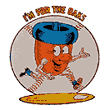
The Oakland Oaks were a minor league baseball team in Oakland, California that played in the Pacific Coast League from 1903 through 1955, after which the club transferred to Vancouver, British Columbia. The team was named for the city and used the oak tree and the acorn as its symbols.
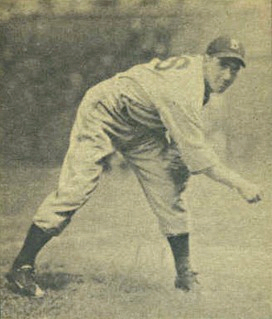
Van Lingle Mungo was an American professional baseball player. He played in Major League Baseball as a right-handed pitcher from 1931 to 1945 for the Brooklyn Dodgers and the New York Giants. The five-time All-Star was the National League strikeout leader in 1936. Mungo was a colorful personality known for his off-field antics as well as his erratic fastball.
A platoon system in baseball or American football is a method for substituting players in groups (platoons), to keep complementary players together during playing time.
A professor is a senior teacher, lecturer and researcher, usually in a college or university.

Martin E. Appel is an American public relations and sports management executive, television executive producer, baseball historian and author.
I Managed Good, But Boy Did They Play Bad is a collection of essays, short stories and articles about baseball, combined with comments and articles written by Ball Four author and former major league pitcher Jim Bouton.

Casey Stengel, a public sculpture by American artist Rhoda Sherbell, is located on the Indiana University–Purdue University Indianapolis campus, which is near downtown Indianapolis, Indiana. The sculpture can be found in the courtyard of the University Place Hotel. Installed in 2000, the sculpture was cast in bronze with a height of 43 inches.
Stengel is a surname. Notable people with the surname include:
The Kankakee Kanks were a minor league baseball team located in Kankakee, Illinois. Kankakee teams played a member of the Class D level Northern Association in 1910, playing as the Kankakee "Kays" and the Illinois-Missouri League from 1912 to 1914. The Kankakee teams hosted home minor league games on the grounds of the Kankakee State Hospital.
Minor league baseball teams were based in Aurora, Illinois, in various seasons between 1888 and 1915.










